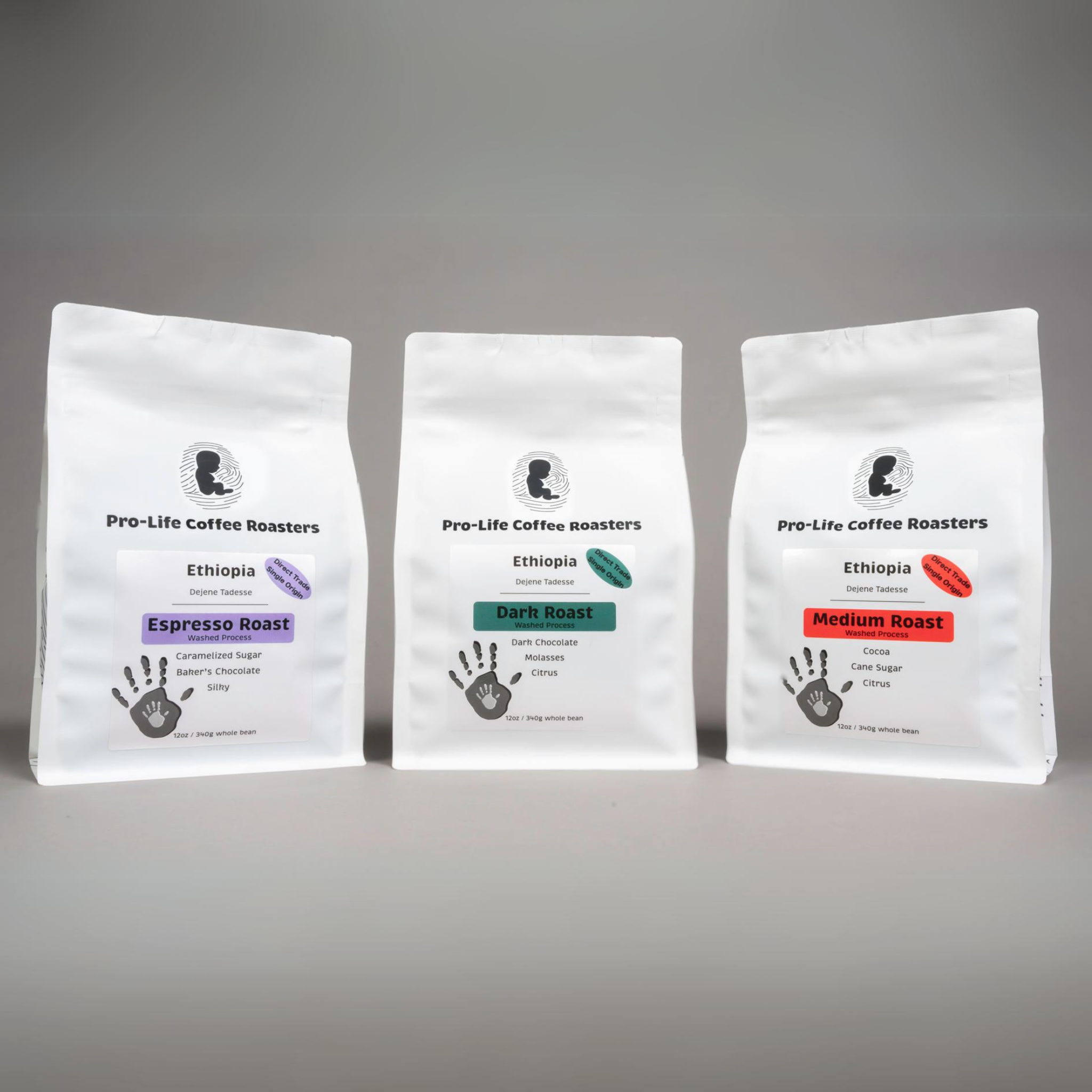Experience the Difference with Just-Roasted SOE Single Origin Espresso
Experience the Difference with Just-Roasted SOE Single Origin Espresso
Blog Article
Coffee Beans 101: Everything You Need to Know About Coffee and Blended Coffee Beans
When it pertains to coffee, recognizing the subtleties of coffee and mixed beans can change your everyday mug. You'll discover the unique characteristics of Arabica and Robusta beans, and exactly how each impacts flavor and high levels of caffeine content. From the expanding procedure to roasting methods, every action contributes in your coffee experience. What makes the perfect mixture? Let's check out the essential aspects that add to a remarkable mug of coffee.
Understanding Coffee Beans: Ranges and kinds
When diving into the globe of coffee, comprehending the types and ranges of coffee beans is essential for every lover. Arabica beans are recognized for their smooth, complex flavors and reduced high levels of caffeine web content, making them a favored amongst coffee fanatics.
Ethiopian Yirgacheffe uses intense flower notes, while Colombian beans give a healthy taste profile. By acquainting yourself with these beans and their tastes, you'll elevate your coffee experience and make even more educated selections in your brewing journey.
The Growing Process: From Seed to Bean
When you explore the trip of coffee, all of it beginnings with seed choice strategies that set the foundation for top quality. From there, growing and harvesting play vital roles in making sure the beans thrive. Processing approaches transform those collected cherries right into the coffee beans you like.
Seed Selection Methods
Choosing the appropriate seeds is crucial for producing high-grade coffee beans, as it lays the structure for the whole growing procedure. Pay focus to the seed's age and storage space problems, as fresh seeds have a tendency to germinate better. Consider the illness resistance of different selections, as this can substantially impact your yield.
Growing and Harvesting
As you support your coffee seeds into flourishing plants, recognizing the growing and harvesting process is vital for achieving the best taste and top quality. Begin by planting your seeds in well-draining soil, ideally in a shaded area to protect them from straight sunlight.
Hand-picking is commonly the finest method to guarantee only the ripest cherries are chosen. Timing is important; gathering also very early or also late can impact the flavor profile of your beans.

Handling Approaches Described
When you've collected your coffee cherries, the following important action is processing them to transform those vibrant fruits into the beans you'll brew. In the completely dry procedure, you spread out the cherries out in the sun to dry, enabling the fruit to ferment and give unique flavors to the beans. Understanding these methods is essential to appreciating your coffee experience.
Toasting Techniques: Just How Taste Is Created
When it concerns roasting coffee beans, recognizing roast levels is essential to disclosing their distinct tastes. Each roasting method effects the aroma and boosts the flavor growth process, providing you a richer coffee experience. Allow's check out just how these factors come together to raise your daily mixture.
Roast Degrees Explained
Roast levels play a vital role in forming the flavor profile of your coffee. By comprehending these levels, you can better pick a coffee that matches your taste preferences. Experiment with different roasts to discover which one resonates with you, improving your general coffee experience and pleasure.
Effect on Scent
The roast degree not only influences the taste of your coffee yet likewise greatly influences its aroma. When you choose a light roast, you'll frequently see intense, floral notes that can make your coffee scent fresh and vivid. As the beans darken, the aroma changes; a medium roast highlights more balanced, caramelized fragrances, while a dark roast tends to include strong, great smoky touches. Each roasting strategy launches various volatile substances, forming just how your coffee scents. Furthermore, the freshness of the beans plays an essential duty; fresh roasted coffee releases much more aromatic oils, enhancing that enticing scent. So, pay focus to the roast level-- it's vital to exposing the full fragrant experience of your mixture.
Taste Development Refine
As you check out the flavor growth process, you'll find that roasting techniques play an essential duty fit the preference account of your coffee. The roasting temperature level and time directly affect the acidity, sweet taste, and anger of the beans. Light roasts preserve more of the bean's initial tastes, highlighting fruity and floral notes. Tool roasts equilibrium level of acidity and body, offering an all-around flavor. Dark roasts, on the other hand, draw out vibrant, smoky features while decreasing the bean's fundamental top qualities. Throughout toasting, chemical responses, like the Maillard response and caramelization, change the beans and enhance their intricacy. Try out different roasting levels can help you find your excellent mixture, so don't wait to taste and uncover the abundant range of flavors!
Espresso vs. Blended Coffee: Trick Differences
Coffee and blended coffee each offer special experiences that cater to different preferences and choices. Coffee is a concentrated coffee brewed forcibly hot water through finely-ground coffee beans, leading to a rich, bold taste and a luscious layer of crema ahead. It's commonly enjoyed as a shot or utilized as a base for drinks like cappucinos and cappuccinos.
On the other hand, blended coffee combines numerous beans from various areas, creating a much more balanced flavor account. You'll often locate blends that highlight body, sweetness, or level of acidity, making them flexible for various brewing techniques. While coffee focuses on intensity, blended coffee might supply a more comprehensive range of tastes that can transform with each sip.
Ultimately, your choice in between coffee and blended coffee boils down to your individual preference. Whether you long for a leisurely cup or a fast jolt, both options have something tasty to provide.

Developing Methods: Unlocking the Perfect Cup
When it comes to developing coffee, discovering the right technique can change your experience and raise your mug. Each brewing technique has its unique charm and can substantially affect your coffee's flavor and scent. Utilizing a French press allows you to delight in a full-bodied and abundant mixture, while a pour-over method offers a clean, bright mug with distinct tastes.
If you choose coffee, investing in a quality machine can help you master the art of pulling shots. For comfort, a single-serve husk system provides speed without giving up taste.
Do not ignore cold brew, which provides a smooth, much less acidic coffee suitable for warm days. Explore different techniques to uncover what resonates with your palate. Each brewing strategy opens up a new world of possibilities, so make the effort to explore and locate your perfect mug. Happy brewing!
Tasting Notes: Recognizing Taste Profiles
Exactly how can you genuinely value your coffee if you do not understand what tastes to seek? Tasting notes are your guide to recognizing the Look At This intricate globe of coffee. Pay attention to the first tastes that hit your taste when you sip. You might spot fruity notes, like berry or citrus, or maybe a nutty undertone. As you remain to taste, observe exactly how the tastes progress-- this is recognized as the "coating." Some coffees might leave a chocolatey or sugar aftertaste, while others might have a bright, clean finish.
Consider the body of the coffee, too; is it ventilated and light or thick and syrupy? Don't neglect acidity; a bright acidity can add life, while a low level of acidity might provide a smoother experience. By recognizing these taste accounts, you'll deepen your connection with each mug, making coffee tasting a fascinating journey of exploration.

Tips for Selecting and Storage Coffee Beans
Selecting and keeping coffee beans appropriately can considerably improve your developing experience. Beginning by picking premium beans that match your taste. Search for quality; beans baked within the last 2 weeks are suitable. Examine the roast date on the product packaging, and purchase from regional shops or credible roasters.
As soon as you have your beans, save them in a closed container to avoid direct exposure to dampness, air, and light. A dark, trendy place works best, so prevent keeping them in the refrigerator or fridge freezer, as this can present moisture. Only grind the quantity you require to keep quality; whole beans maintain flavor longer than pre-ground coffee.
Last but not least, attempt to utilize your beans within two to 4 weeks after opening up for peak taste. Following these tips will certainly assure your coffee remains pleasurable and savory, raising your everyday mixture to new heights.
Often Asked Questions
Exactly How Long Do Coffee Beans Remain Fresh After Roasting?
Coffee beans stay fresh for regarding 2 weeks after toasting - SOE. You must save them in a closed container, far from light and dampness. Afterwards, their flavor and scent begin to reduce considerably

Can I Mix Different Coffee Bean Varieties?
Definitely, you can blend different coffee bean varieties! Explore blends can improve flavors and create an one-of-a-kind taste account. Simply see to it to balance the staminas and qualities of each selection for the very best outcomes.
What Is the Perfect Grind Size for Coffee?
For coffee, you'll desire a fine work size, regarding the appearance of salt. This allows perfect removal, causing a rich, delicious shot. Experiment a little bit to discover what matches your taste best!
How Does Altitude Affect Coffee Bean Taste?
Elevation impacts coffee bean taste by influencing the development price and chemical make-up. Higher elevations cause slower growth, which enhances level of acidity and intricacy, providing your coffee a unique and dynamic taste you will not neglect.
Are There Decaffeinated Versions of Coffee Beans?
Yes, there see post are decaffeinated versions of espresso beans. You can enjoy an abundant coffee flavor without the caffeine kick. Simply look for "decaf" blends at your local coffee shop or specialty shop.
Coffee Beans 101: Every Little Thing You Required to Know Regarding Espresso and Blended Coffee Beans.
When diving into the globe of coffee, comprehending the kinds and varieties of coffee beans is crucial for every click reference fanatic.When it comes to toasting coffee beans, recognizing roast levels is vital to exposing their special tastes. Espresso is a concentrated coffee made by requiring hot water through finely-ground coffee beans, resulting in an abundant, vibrant taste and a creamy layer of crema on top.On the other hand, blended coffee integrates different beans from different areas, producing a more well balanced taste account.
Report this page